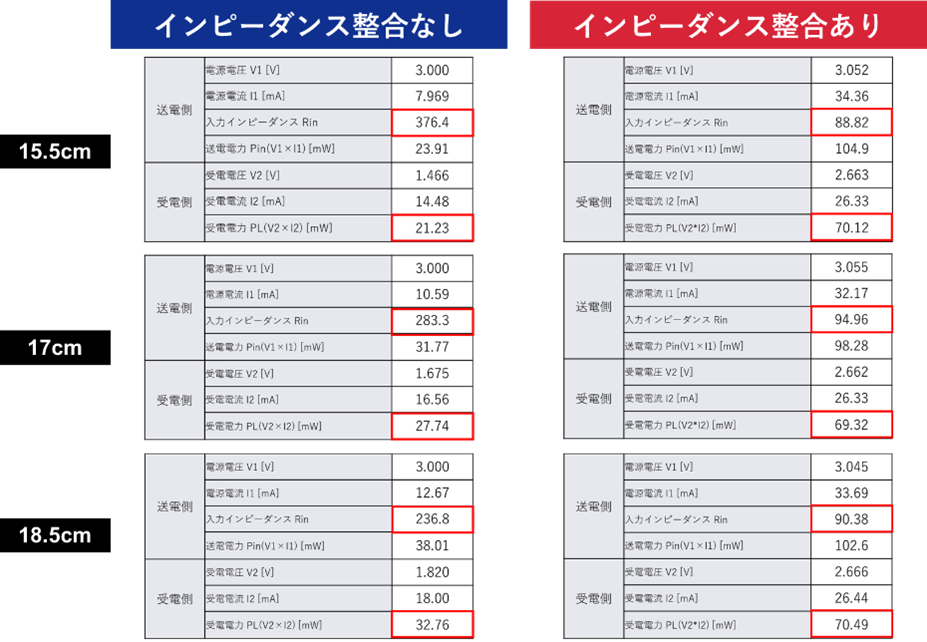TOP

Study on transmission side impedance matching in MRC-WPT

Wireless power transfer is a technology that transmits power contactless by electromagnetic energy without physical contact such as cables.
This technology is expected to be applied to automatic guided vehicles (AGVs) and electric vehicles (EVs) because there are no consumable parts such as cables or connectors, and it is easy to seal the equipment to improve its waterproof and dustproof performance.
However, the distance between the transmitting and receiving coils is expected to change when applying wireless power transfer to these devices, and there is concern that this will have a significant impact on system performance.
In particular, the input impedance of the wireless power transfer via magnetic resonance coupling (MRC-WPT) with a serial-serial (S-S) system changes with changes in the distance between the transmitter and receiver coils.
Specifically, when the distance between the transmitter and receiver coils is close to each other, the input impedance becomes large, and the output voltage of the power supply falls below the voltage required for the design, which may fail to supply the needed power to the power receiver.
On the other hand, if the transmission distance between the transmitter and receiver coils is far, the input impedance will be small, which increases the risk of malfunctions or equipment failure due to overcurrent.
To solve this problem, we propose a T-type LCL impedance-matching circuit, which consists of a capacitor and an inductor.
By adjusting each parameter, the circuit can obtain an arbitrary input impedance.
This enables a system that avoids device malfunctions and failures while maintaining the desired power value over varying distances.
In addition, we are currently working on automating impedance matching systems using a capacitance control circuit that can electronically control capacitor capacitance values.


To evaluate the performance of the impedance matching circuit, we set the distance between the transmitting and receiving coils at 15.5 cm, 17.0 cm, and 18.5 cm, and compared the effects of the impedance matching circuit.
In the experiments, the target power was set at 70 mW.
Without impedance matching, the target power was much lower than the required power at all distances.
In contrast, with the impedance matching circuit, the target power of 70 mW was successfully achieved with an error rate within ±1%.
These results confirm the usefulness of the automatically controllable impedance matching circuit.
Researcher

M1
Ryota Kikuchi

B4
Soki Kimura

B3
Keigo Ryomura
